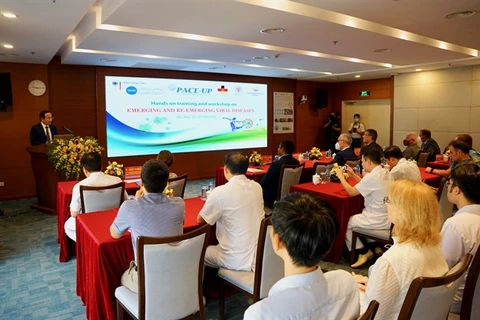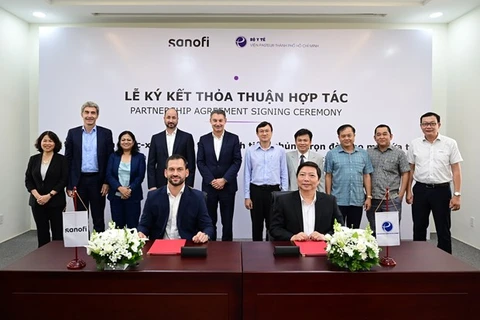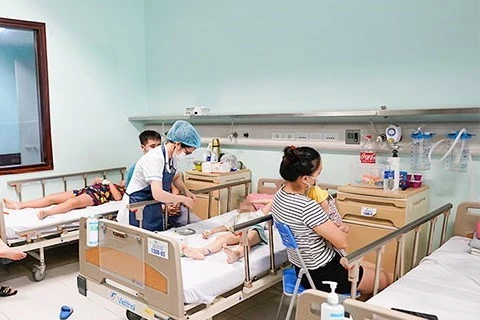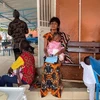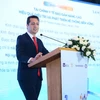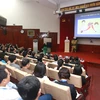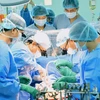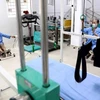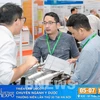Ho Chi Minh City (VNA) – The Ho Chi Minh City Centre for Disease Control (HCDC) on August 17 officially put into operation a serum bank that aims to provide a toolkit to assess the burden of infectious disease in the community and guide medical decisions in public healthcare centres in the future.
The serum bank now can handle 4,000-4,500 samples and is expected to increase the storage capacity in the near future.
Director of HCDC Dr. Nguyen Hong Tam said that the serum bank will collect, preserve, and supply samples for testing of infectious diseases for prediction or early detection of outbreaks, assessment of herd immunity, evaluation of the effectiveness of interventions, and investigation of the silent circulation of the pathogen.
He said the HCDC will develop a plan to collect periodic samples for the serum bank and develop a set of procedures for storing and using samples for different purposes of pandemic control.
It will build data analysis models and provide orientations for public health decisions in the locality.
The HCDC will take samples from the serum bank to assess immunity against measles and hand, foot and mouth disease for assessment of the city’s epidemic risk.
The city’s health sector will continue to expand the sample source and diversify the types of samples to meet the needs of infectious disease control.
According to Assoc. Prof. Le Van Tan from the University of Oxford’s Clinical Research Unit, for a long time, countries around the world have built serum banks and serological epidemiological investigation programs. For example, the UK-based serum bank which was established in 1986 has so far collected over 200,000 serum samples from British people of different ages.
In Vietnam, several serum banks have also been established through the epidemiological investigation research programme of the Ministry of Health, the Hanoi-based National Institute of Hygiene and Epidemiology, and the Ho Chi Minh City-based Pasteur Institute including surveillance programs of HIV, Zika virus, hepatitis B and C, influenza A H5N1.
In 2022, the HCDC coordinated with the University of Oxford to conduct three surveys and collect serum samples to help define immunity to COVID-19 and SARS-CoV-2, said Tan./.
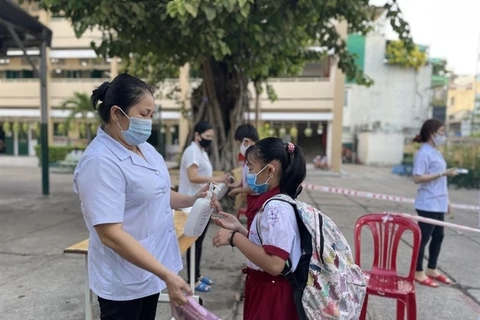
Protecting children from infectious diseases in schools
As the new school year starts the risk of children catching and spreading infectious has also increased, leading to authorities and healthcare officials to call for action.

